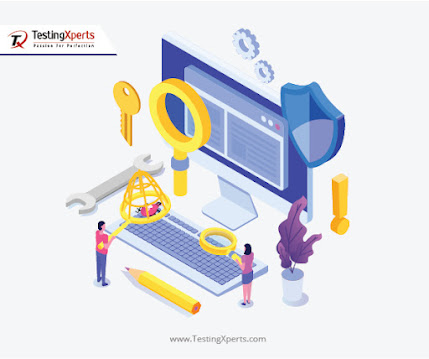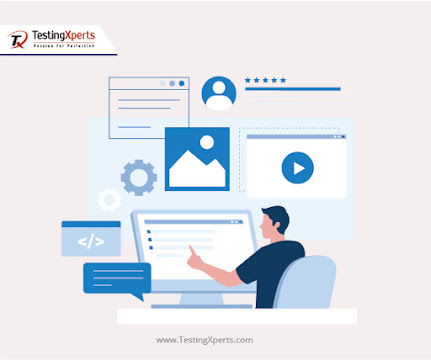Agile methodology has become an important aspect of software development and testing activities and organizations are getting benefitted from it. Keeping in perspective the popularity and demand of agile methodology in the IT world, it becomes obvious for testers and developers to learn this concept from an implementation standpoint. In this article, you will get a brief idea about the basics of agile methodology in software testing.
What is Agile?
Agile is a set of principles that encourage communication, adaptability, flexibility and working software over processes and plans. Agile software development creates an environment where teams can collaborate and work efficiently on developing complex projects through constant communication and knowledge exchange. It consists of specific practices that focus on incremental and iterative techniques, which can be adopted and implemented in the software development process for optimal results.

What is Agile methodology?
Continuous iteration of development and testing activity is promoted throughout the entire software development life cycle process by the agile methodology platform. Both development and testing activities are carried out concurrently. The concept of iteration means continuous improvements of the software product or application that is being built, till it reaches the expected quality requirements.
Advantages of agile methodology:
- Working software is provided to the customer through each sprint. It is based on customer expectations and the Definition of Done (DoD) that has been provided
- At the end of each iteration/sprint, the customer will get to know about the progress of the project on a continuous basis
- When it comes to changing the requirements, the development team becomes quite responsive and changes can be accommodated in the advanced stages of development
- The product design is efficient and thus the business requirements are fulfilled.

Following are the important types of agile methodologies:
1. Kanban: Kanban can be more likely referred to as a card. The specific details pertaining to the work that needs to be done on the software are contained in these cards. The key highlight is visualization and through the strategic help of visual aids, the amount of work that needs to be done is known to the team members. For the purpose of continuous delivery, these Kanban cards are used by the teams.
In order to scale up the efficiency of teams, kanban is used. It is also used to promote collaborative and self-managed teams.
2. Scrum: It is considered to be one of the most popular agile methodologies. Scrum focuses on building self-managed teams and taking into consideration three specific yet key roles and those are the development team which consists of both testers and developers, the Product Owner (PO) and the Scrum Master (SM). This entire group works collaboratively in specific time boxed durations known as Sprints.
3. Extreme Programming (XP): The core focus of XP is to streamline communication channels. XP teams collaborate with programmers and business teams and focus on building quality code on a regular basis. The key is to communicate either online or in an office environment to exchange quality information and thus carry forward the project’s progression in the right direction.
4. Lean: Lean methodology is focused on reducing waste. A process is divided into essential non-value adding activities, non-value adding activities and value-adding activities. Those activities that are classified as a non-value adding activity is considered to be a waste and needs to be removed in order to make the process leaner. A leaner process focuses on making the delivery process faster by reducing team efforts that may be unnecessarily spent on tasks that are not in line with the project/organizational goals.
Conclusion: If you are looking forward to implementing the agile methodology in your software development project, then do get connected with a leading software testing services company in UK that will provide you with a comprehensive testing strategy that is in line with your project specific requirements.
About the author: I am a technical content writer focused on writing technology specific articles. I strive to provide well-researched information on the leading market savvy technologies.

Comments
Post a Comment